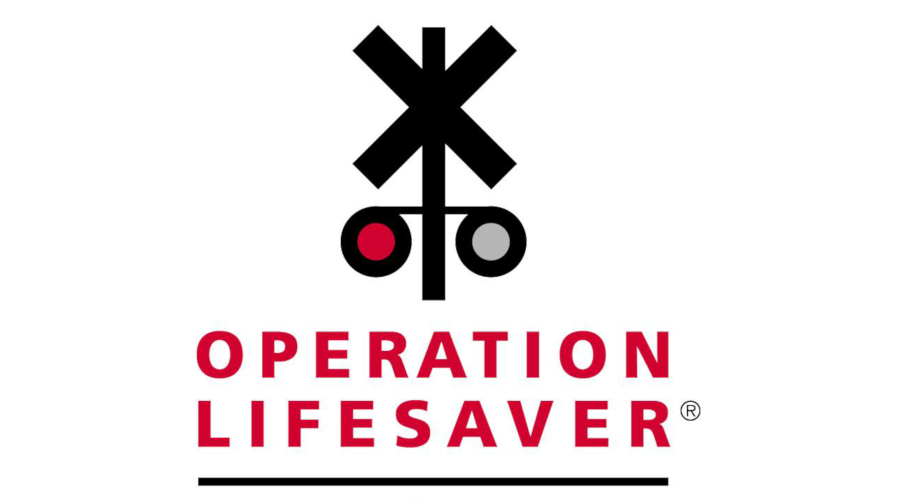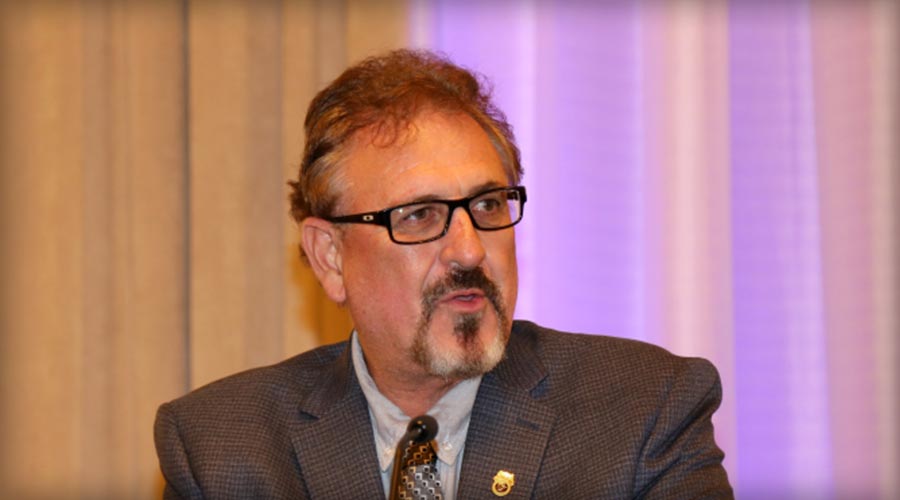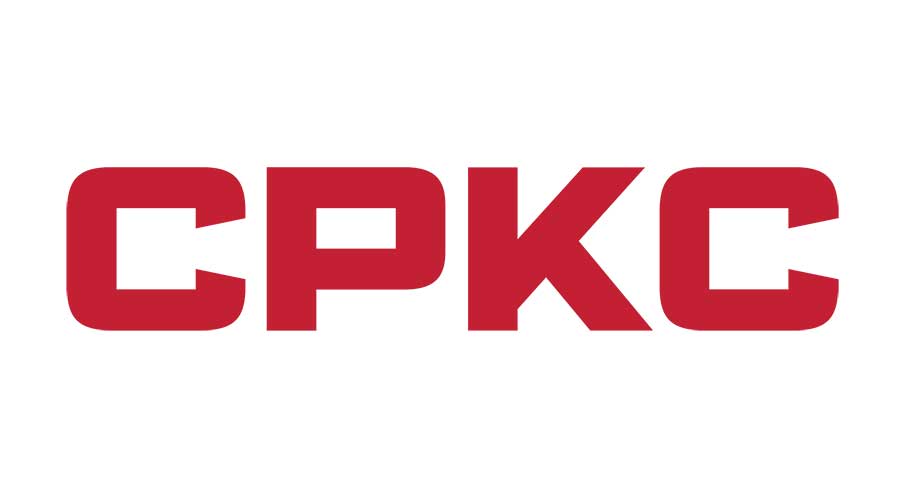Stay updated on news, articles and information for the rail industry
7/25/2019
Rail News: Federal Legislation & Regulation
NTSB issues safety recommendations in response to fatal Amtrak-CSX collision

The National Transportation Safety Board (NTSB) determined this week that Amtrak's and CSX's failure to properly assess and mitigate the risk of conducting switching operations during a signal suspension, coupled with a CSX conductor's error, led to a fatal train collision in South Carolina last year.
The accident occurred Feb, 4, 2018, when a southbound Amtrak train diverted from the main track through a hand-thrown switch onto a storage track and collided head-on with a stationary CSX train near Cayce, South Carolina.
The engineer and conductor of the Amtrak train died as a result of the collision. At least 92 passengers and crew members were transported for medical treatment, according to an NTSB press release.
At a public meeting earlier this week, the NTSB determined that Amtrak's failure to conduct a risk assessment before operating during a signal suspension added to the accident.
Although Amtrak meets and exceeds Federal Railroad Administration's (FRA) safety standards to ensure the operations of its own railroad, Amtrak trains relied only on the minimum federal standards when operating on host railroads, NTSB officials said.
As a result of the incident, the NTSB reiterated a recommendation stemming from a fatal accident in DuPont, Washington, and concluded that Amtrak should implement a safety management system for all operations, whether operating on Amtrak or host railroad tracks.
In discussing the Amtrak-CSX accident's probable cause, NTSB officials stated that, along with CSX's failure to properly assess and mitigate risk, the CSX conductor's failure to realign a switch during the signal suspension led to the collision.
A contributing factor also was the FRA's failure to implement effective regulation to mitigate the risk of misaligned switch accidents.
Unless the FRA implements more robust safety interventions, misaligned switch accidents will continue to occur, NTSB officials said.
“The train crew omitted throwing the switch that one final time, which unfortunately happens far too often,” said NTSB Chairman Robert Sumwalt. “If the same error is repeated by many people, the problem is not the individuals’ performance of their duties, rather, the problem is the failure to mitigate the risk associated with the task they are performing.”
As a result of the investigation, the NTSB issued three new safety recommendations, two of which are directed to CSX. The third was recommended to all host railroads that work with Amtrak to implement a safety management system to assess and mitigate risks for the passenger railroad's operation on host railroads.
In addition, the NTSB reiterated four recommendations to the FRA and one to Amtrak.


 2025 MOW Spending Report: Passenger-rail programs
2025 MOW Spending Report: Passenger-rail programs
 Gardner steps down as Amtrak CEO
Gardner steps down as Amtrak CEO
 Guest comment: Oliver Wyman’s David Hunt
Guest comment: Oliver Wyman’s David Hunt
 Women of Influence in Rail eBook
Women of Influence in Rail eBook
 railPrime
railPrime







